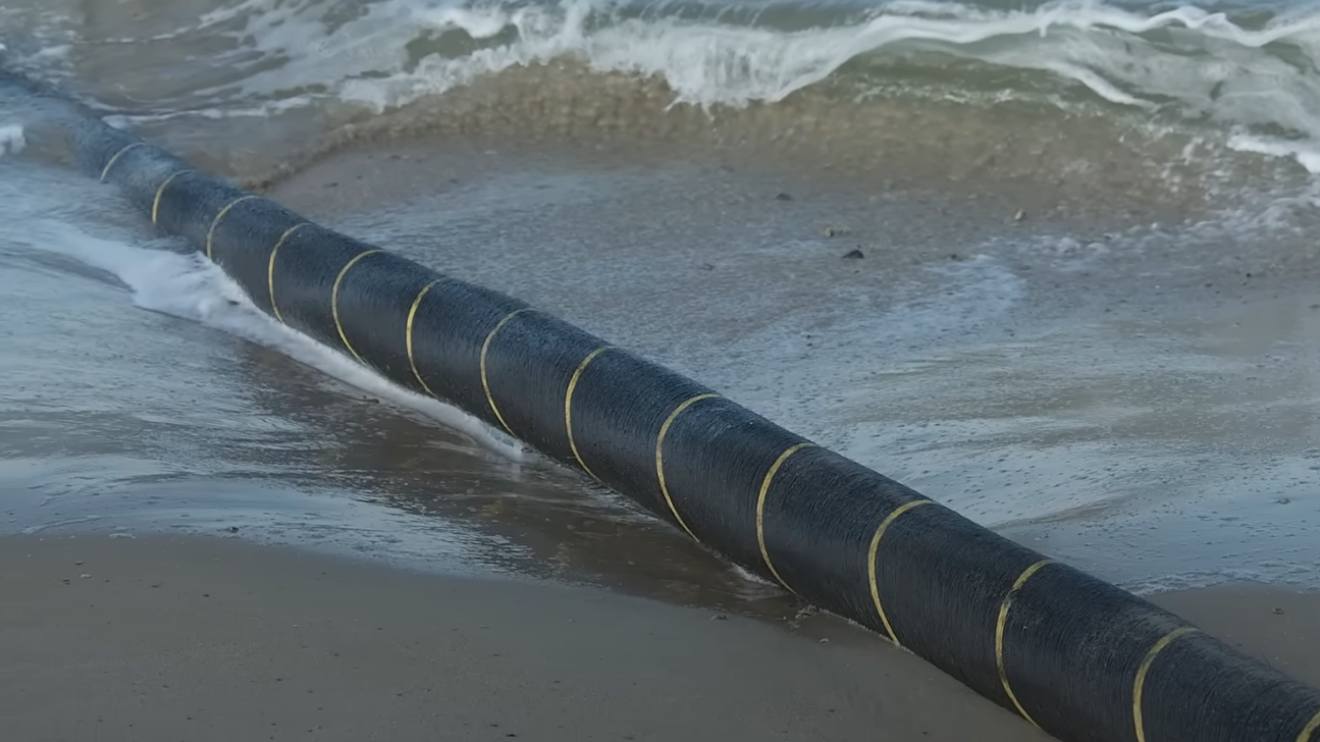Kenya's electricity demand has reached new heights, setting a record peak of 2,316MW this past Wednesday.
This marks a rise of 12MW from the previous peak of 2,304MW set in January 2025, a sign of the nation's growing appetite for power.
In recent years, the trend of rising electricity consumption has become more apparent. Kenya Power’s National Control Centre data reveals a sharp uptick in demand, which is now advancing at an accelerated pace compared to previous years.
As noted by Dr. (Eng.) Joseph Siror, Managing Director & CEO of Kenya Power, the latest figures point to a clear trend.
“It took nearly two years for the peak demand to grow by 200 MW. However, since June last year, peak demand has grown by over 116 MW," Siror stated.
Read More
"This means that in the last 8 months alone, peak demand has grown by an average of 14.5MW per month.”
When examining this demand surge, it’s clear that substantial efforts to improve the nation’s power grid are playing a key role.
Investment in infrastructure, such as the completion of critical substations, has paved the way for more reliable power delivery across Kenya.
The Kimuka 220/66kV substation, completed by KETRACO, is a major player in this progress, providing essential links to power Nairobi and surrounding counties.
This ambitious infrastructure development is complemented by other projects, including a 33kV double circuit interconnector between Narok and Bomet, as well as vital network reinforcements.
These projects are key to enhancing redundancy and power supply stability.
Kenya Power’s success in meeting the rising demand has not been solely due to these large-scale projects.
There’s also been an impressive surge in new customers connecting to the grid.
In the last six months alone, over 198,535 customers have been added to the national grid, showcasing the increasing demand for electricity, especially as the nation’s urbanisation continues.
Dr. Siror highlighted the important role that these upgrades have played in stabilising the grid: “The investment in upgrading transmission lines by Kenya Power and KETRACO has resulted in a more stable grid.”
Kenya Power’s dedication to expanding and fortifying the grid ensures that electricity supply is more resilient, which is crucial as demand continues to grow.
Looking towards the future, Kenya Power is also embracing technological solutions to further stimulate demand.
The company has significantly invested in promoting e-cooking and electric mobility, which could prove essential in ensuring long-term growth in electricity consumption.
The investment into electric vehicles (EVs) and motorbikes has already seen impressive results, as Dr. Siror remarked, “In less than a year, we were billing less than 100,000 units of electricity on e-mobility accounts. Today, we are billing an average of 350,000 units from the accounts, representing more than triple the growth in electricity demand from this customer segment.”
To support this growing shift, Kenya Power has created E-cooking hubs in major cities such as Nairobi, Mombasa, Nakuru, and Kisumu, to introduce the public to the benefits of electrical cooking.
These hubs serve as educational centres that inform Kenyans about the advantages of electric cooking appliances and their positive impact on energy consumption.
Despite these successes, Dr. Siror has called for more efforts to ensure the country can meet future demand.
He stressed the need to expand electricity generation capabilities to match the rising consumption.
“To meet the growing electricity demand, the focus should now shift toward increasing the country’s electricity generation. This will improve spinning reserves to the standard 15 per cent level to cater for contingency scenarios that have increased in recent years," he said.
The rapid rise in electricity demand in Kenya reflects the country’s ambitions for a modern, electrified future.
As new technologies such as e-mobility and electric cooking gain traction, Kenya Power’s efforts to meet demand will remain crucial.
The key to navigating this growth will be balancing infrastructure development with sustainable energy generation to ensure that power remains abundant, affordable, and reliable for all.

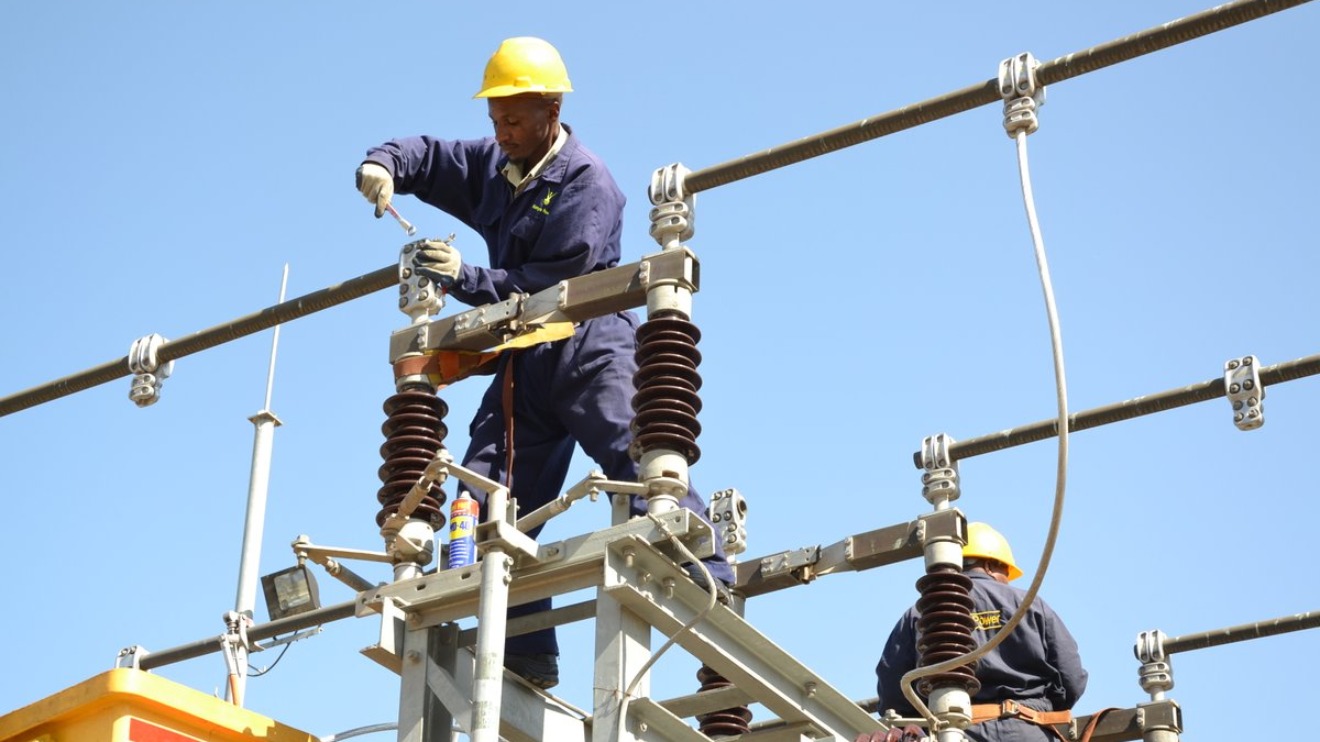

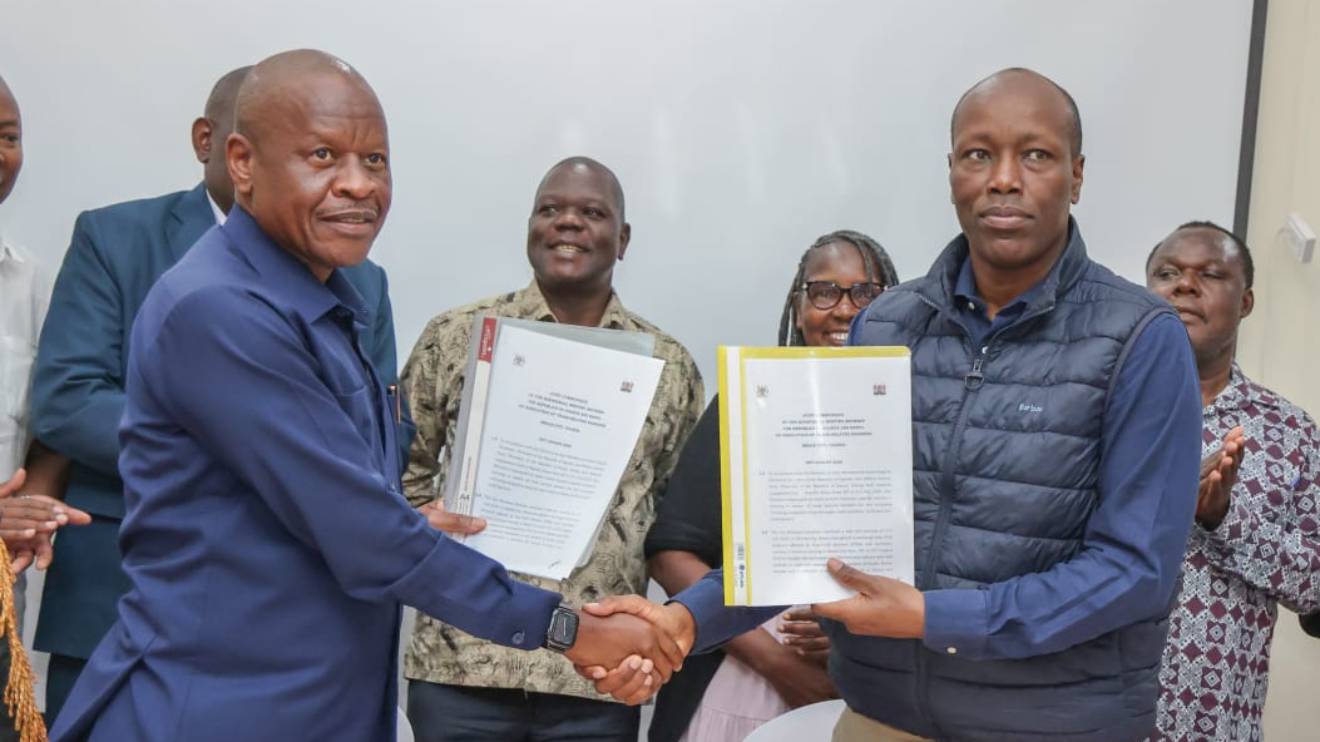
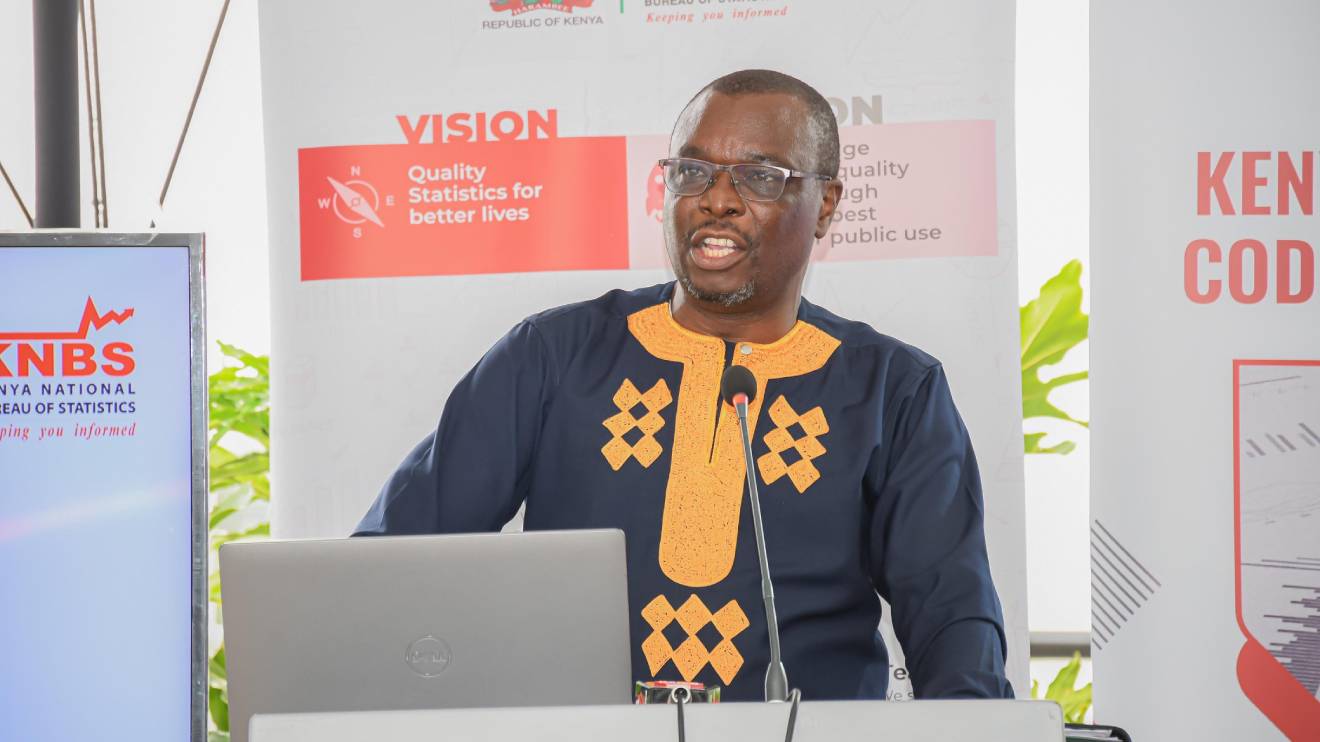
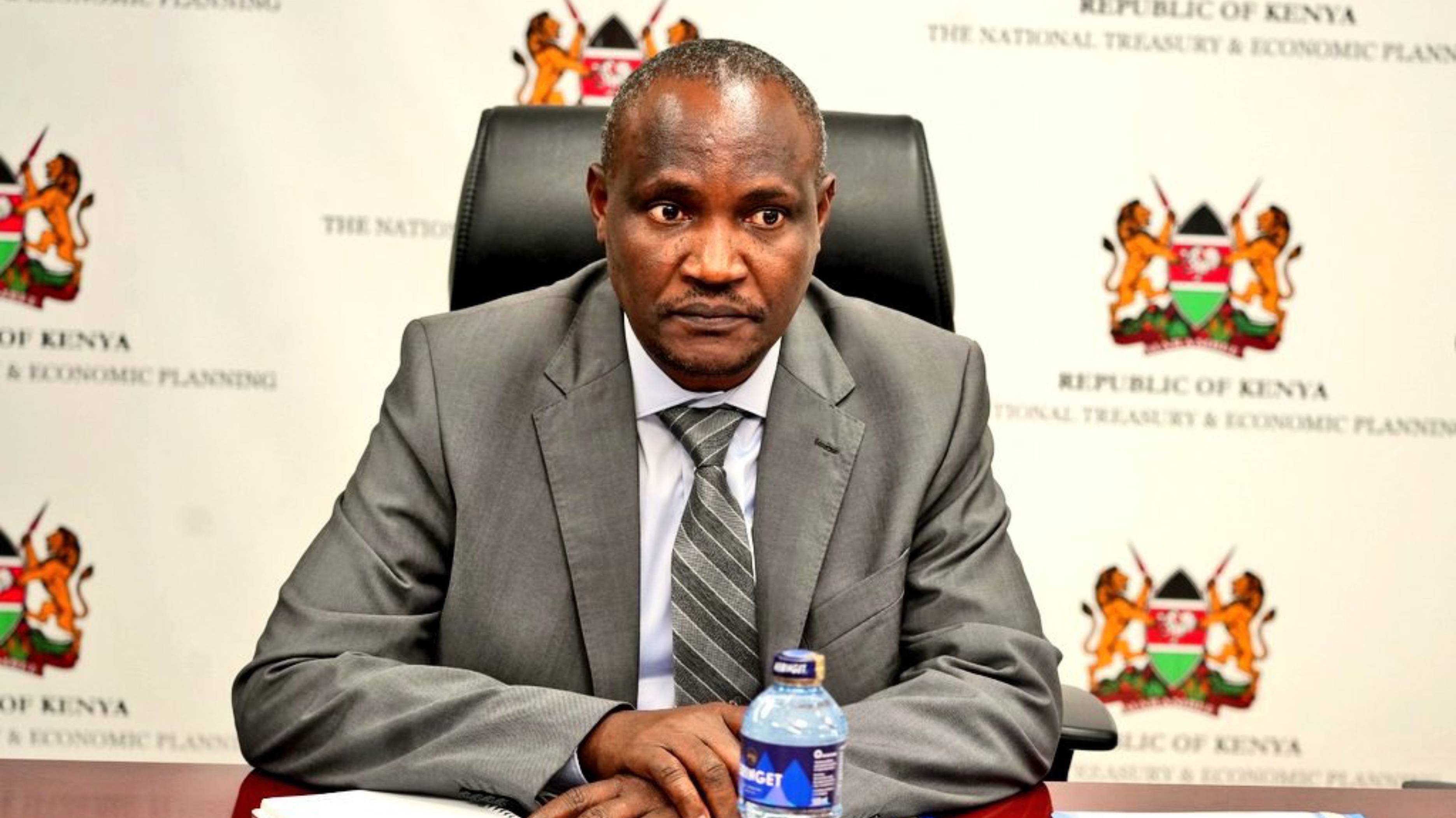

-1755100273.jpeg)


